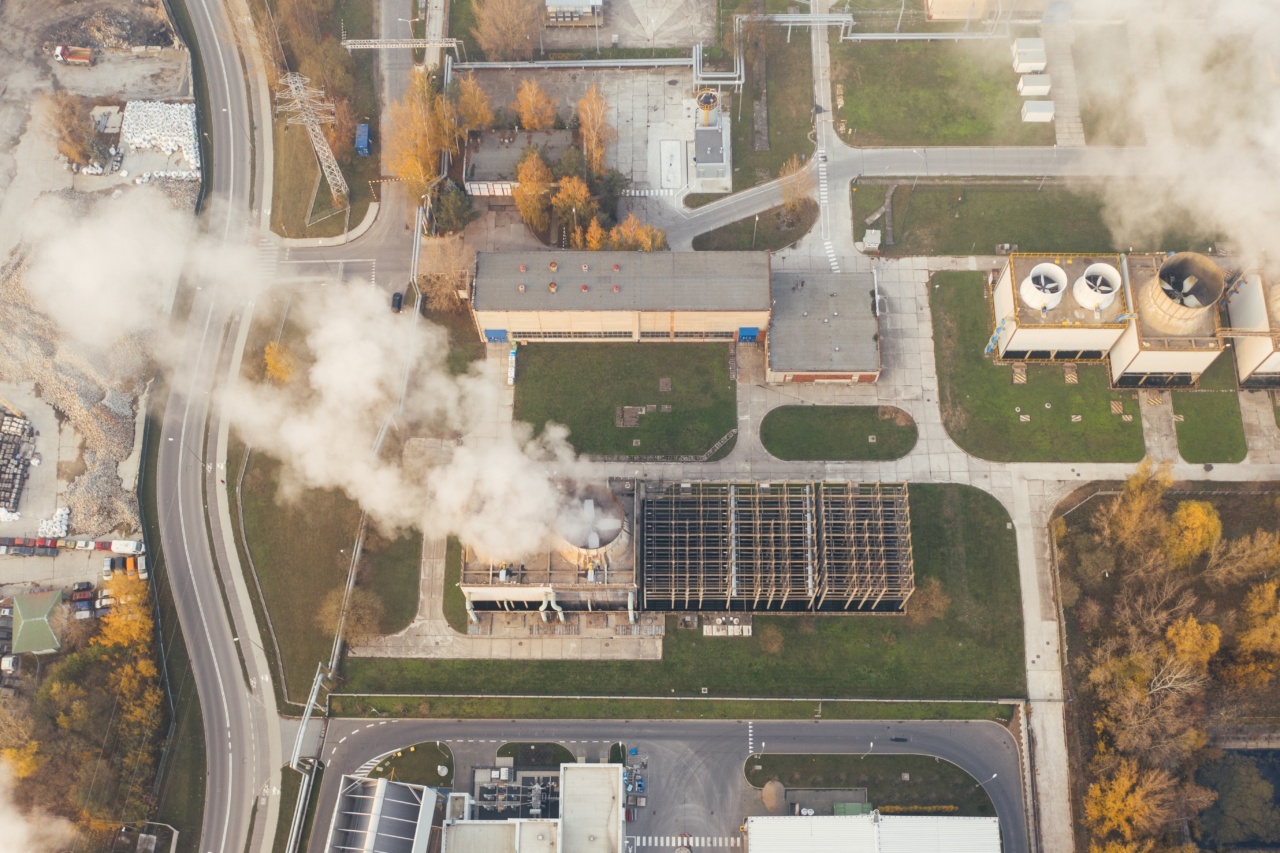According to a recent study published by the is Global Alliance on Health and Pollution, 500,000 newborns die every year due to air pollution.
This is a staggering number, and it highlights the severity of the problem we are facing globally when it comes to air pollution. It also shows that we need to take urgent action to address this issue.
The Scale of the Problem
The figure of 500,000 newborns dying is truly shocking. However, it is just part of the wider problem of air pollution. The World Health Organization (WHO) estimates that around 7 million people die every year due to exposure to air pollution.
This makes air pollution one of the most significant global health risks, along with issues such as heart disease, cancer, and diabetes.
The problem is not just localized to specific regions of the world, either. Of those 7 million deaths per year, around 90% occur in low- and middle-income countries. However, air pollution is a global problem, and it affects all of us in some way.
Even in developed nations, we are not immune to the effects of polluted air.
The Impact of Air Pollution on Newborns
Newborn infants are particularly susceptible to the effects of air pollution. This is because their lungs are still developing, and they are more vulnerable to the negative impact of pollutants.
Exposure to polluted air can cause premature birth, low birth weight, and birth defects. It can also contribute to infant mortality rates.
The World Health Organization estimates that around 93% of all children under the age of 15 are exposed to levels of air pollution that exceed WHO air quality guidelines.
These guidelines are put in place to protect public health, and they recommend that levels of fine particulate matter (PM2.5) do not exceed 10 µg/m3 over a 24-hour period. In many parts of the world, however, levels of PM2.5 are much higher than this, and in some cases, they are many times higher.
The Causes of Air Pollution
So, what causes air pollution, and why is it such a significant problem? There are many contributing factors, including:.
- Transport (cars, buses, trucks, etc.)
- Industrial processes
- Agriculture (fertilizers, pesticides, etc.)
- Waste incineration
- Power generation
All of these activities release pollutants into the air, which can cause a range of health problems, including respiratory disease, heart disease, and cancer.
The problem is exacerbated in densely populated urban areas, where levels of pollution can be much higher than in rural areas.
What Can We Do?
The situation is dire, but there are steps that we can take to address the problem. These include:.
- Increasing public awareness of the dangers of air pollution
- Encouraging the use of public transport and cycling instead of driving
- Investing in clean energy technologies, such as wind and solar power
- Reducing dependence on fossil fuels
- Implementing more stringent regulations on industrial processes
- Improving waste management practices
All of these steps would help to reduce the amount of pollution that is released into the atmosphere, and they would help to protect public health.
Conclusion
Air pollution is one of the most significant global health risks that we currently face. It is responsible for millions of deaths every year, including 500,000 newborns. The situation is alarming, but it is not hopeless.
By taking action, we can reduce the amount of pollution that is released into the atmosphere and protect public health. It is up to each and every one of us to do our part.






























